The Outer Worlds 2 Interview: How Obsidian Redefined Humor, Factions, and Player Choice
/The Outer Worlds 2 was a big step up for Obsidian Entertainment, a story-driven RPG that puts player choice as a key drive for how a playthrough will occur. I talked to Art Director Daniel Alpert and Creative Director Leonard Boyarsky to get a better idea of the design choices behind the sequel and the cultures, characters, and art styles that bring it to life.
A New Colony, Same Human Problems
“The plan for the series was always going to be a different colony,” says Leonard. “You can jump in if you have never played the series before, and here’s a story that’s going on in this colony from day one.”
From the start, the team knew exactly what The Outer Worlds would be: a universe shaped entirely by human flaws. I asked about aliens since it was something I was curious about in the first game, and to them, humanity was already enough source material.
“We wanted to keep it [The Outer Worlds] about humanity’s problems,” Leonard shares. “Humanity has enough conflict within itself to be rich story material for the team. We didn’t need to go to galactic politics.”
Finding the Right Mix of Absurdity and Darkness
Humor was the lens of the first game, but the team felt the tone needed evolution. The absurdity was there, but the darkness didn’t always land.
“The humor, at times, can feel a little one-note. It felt like we had our one lane that we were hitting…” Leonard admits. “I also didn’t feel like the mix between the absurd and the darkness was quite right. It was a growing process; it was a brand new team back then.”
For the sequel, they feel they “got a better mix of tone as the idea was always this absurdity mixed with a dark edge.” Leonard continues, “I don’t think the sequel is darker, I think it’s less surface silliness this time around. It’s an evolution from where we started.”
When I talked to them, I hadn’t played the game yet. I wanted to go into the conversation with the same knowledge as someone who was just curious about the sequel. But after finishing and reviewing it later on, I understood what Leonard meant. The humor wasn’t toned down; it just wasn’t yelling in your face anymore. That subtle shift gave the darker decisions and faction storylines room to hit harder.
Worldbuilding Through Factions and Power
That evolution in tone doesn’t just live in the script. It affects how the world looks and operates.
Factions are one of the core elements that reinforce that humanity-first approach. Their beliefs and authority aren’t just explained through dialogue; they’re carved into the architecture and the territories they control. Auntie’s Choice stands as corporate greed made manifest. The Order represents a twisted evolution of sci-fi spirituality. The Protectorate rules through force and strict obedience.
Every region is built with a distinct identity that reflects its ruling faction, from the power structures that dominate the skyline to the controlled locations and environmental details that reveal who’s really in charge and the conflicts currently unfolding.
Companions as Faces of Ideology
Companions are another major pillar of worldbuilding. In Leonard and Daniel’s view, the sequel’s crew are outcasts, individuals with their own allegiances and motivations, all representing a faction in the game.
“It was very important that the companions represent a faction to put a human face to each one,” Daniel explains. “It wasn’t just about showing how the companions would look as representatives of the faction. We also wanted to invoke the philosophy of that faction onto that companion.”
He gives Tristan as an example, a Protectorate operative who acts like judge, jury, and executioner, making him stand out even among others under the Protectorate banner.
This gives players opportunities to learn and be exposed to the factions’ ideologies through more personal interactions. Companions have deeper character arcs this time around, something Leonard is proud they were able to deliver in the sequel, as it is much longer and stretched out compared to the companion quests found in the first game. At the end of the day, they still wanted them to feel like they’re part of your crew… until the players give a valid reason for that bond to break, of course.
Freedom Is a Tough Gig
None of this works without player agency. Obsidian wanted to maintain the studio's RPG legacy: multiple ways to solve problems, shape conversations, and build your character into something strange or powerful.
“In our games, we always wanted to support the three main ways to play: stealth, talking your way out, and straight-up combat. But we did a ton of builds thanks to our perks and flaw systems, focusing on fun builds for the players to explore,” says Leonard.
But giving freedom is incredibly difficult. Players are unpredictable.
“We can sit and put great ideas on paper all day long. Figuring out how a player can screw this up, and think we’ve got everything covered, and within 5 or 10 minutes of putting that into the game we find ‘If the player did this earlier, what happens to this now?’”
Player feedback and iteration shaped a lot of the game’s development as they constantly tried to cover all the bases while still encouraging experimentation. They weren’t going to go nuts with one quest and make a player do literally whatever they want, but it was clear they wanted to be as reactive as they could, more so than in the first game.
This resulted in quests that can begin and end in a variety of ways: maybe you talk your way through thanks to how high your speech is in your character, deliver a unique response only someone well-skilled in guns would say, express your ignorance thanks to the Dumb trait, or pick a different dialogue that will only be made available thanks to intel you found earlier.
“To have the depth, whether it's in character customization, writing, the art, we really wanted to push reactivity as far as we could,” says Leonard.
My time with Leonard and Daniel showed that they had the confidence to go deeper this time, built on the foundation created in the first game. They knew what was lacking and worked on it, given more room to expand.
That commitment to reactivity and a sharper tone makes The Outer Worlds 2 stand out. For some, it might even place it among the greats, delivering a similar experience.
Want to know my full thoughts on the game? Check out my full review.
The Outer Worlds 2 is out now on PlayStation 5, Xbox Series X|S, PC, Xbox Game Pass Ultimate, and PC Game Pass.
About the Author - Carlos Hernandez
Carlos Hernandez is the founder and Editor-in-Chief of Too Much Gaming, where he writes about video games, reviews, and industry news. A lifelong gamer, he would do anything to experience Final Fantasy Tactics for the first time again and has a love/hate relationship with games that require hunting for new gear to improve your character.

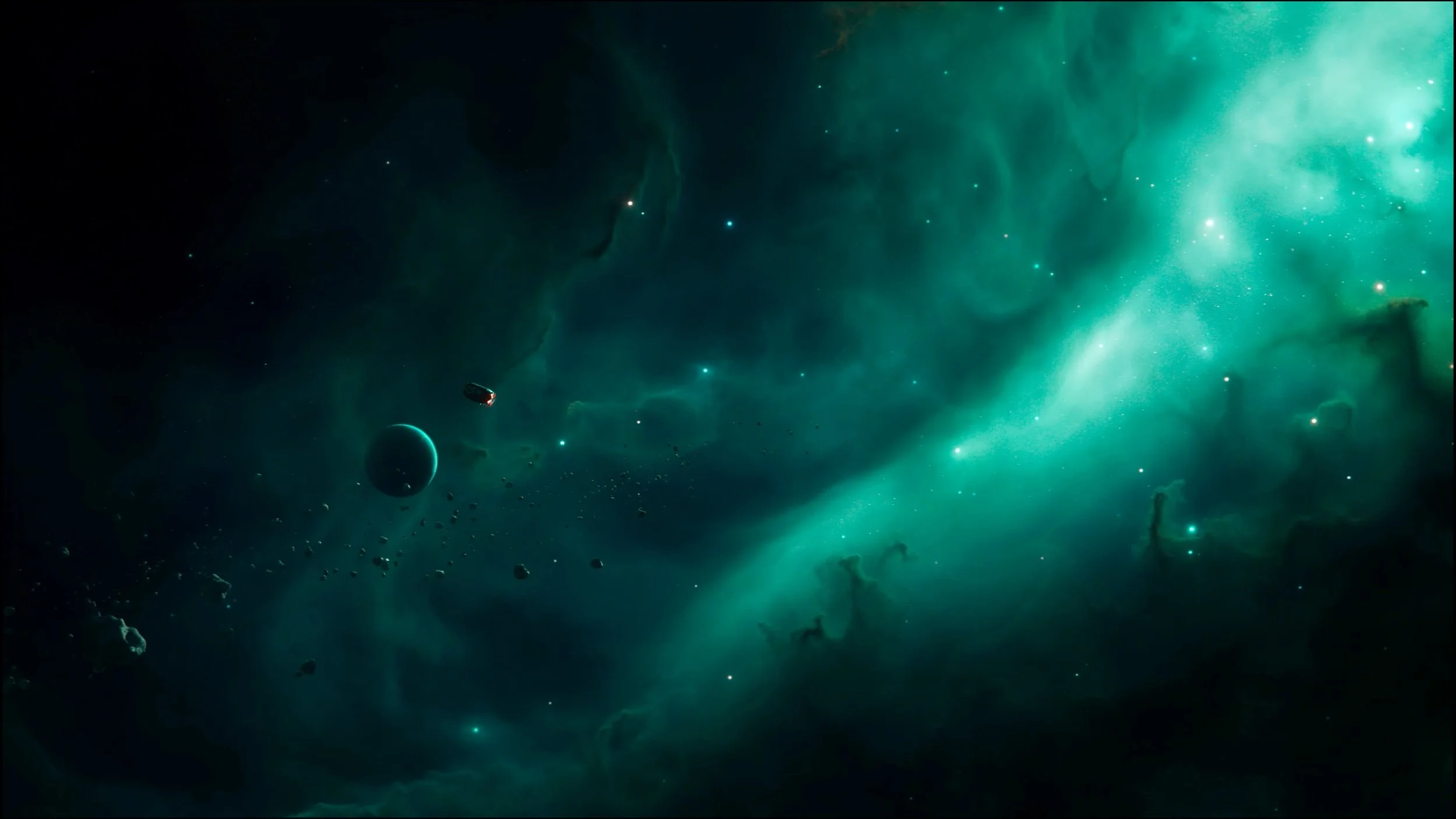
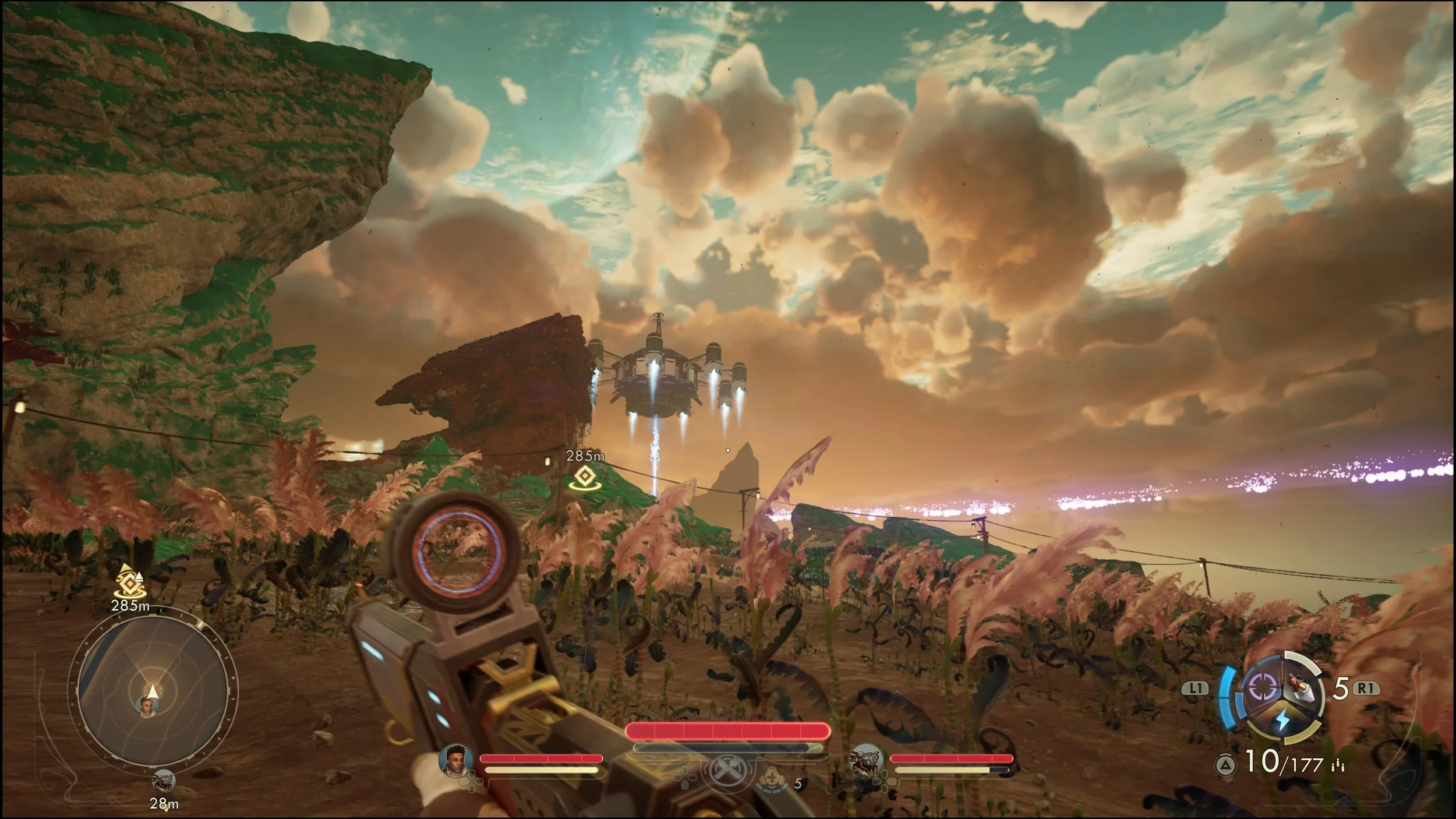
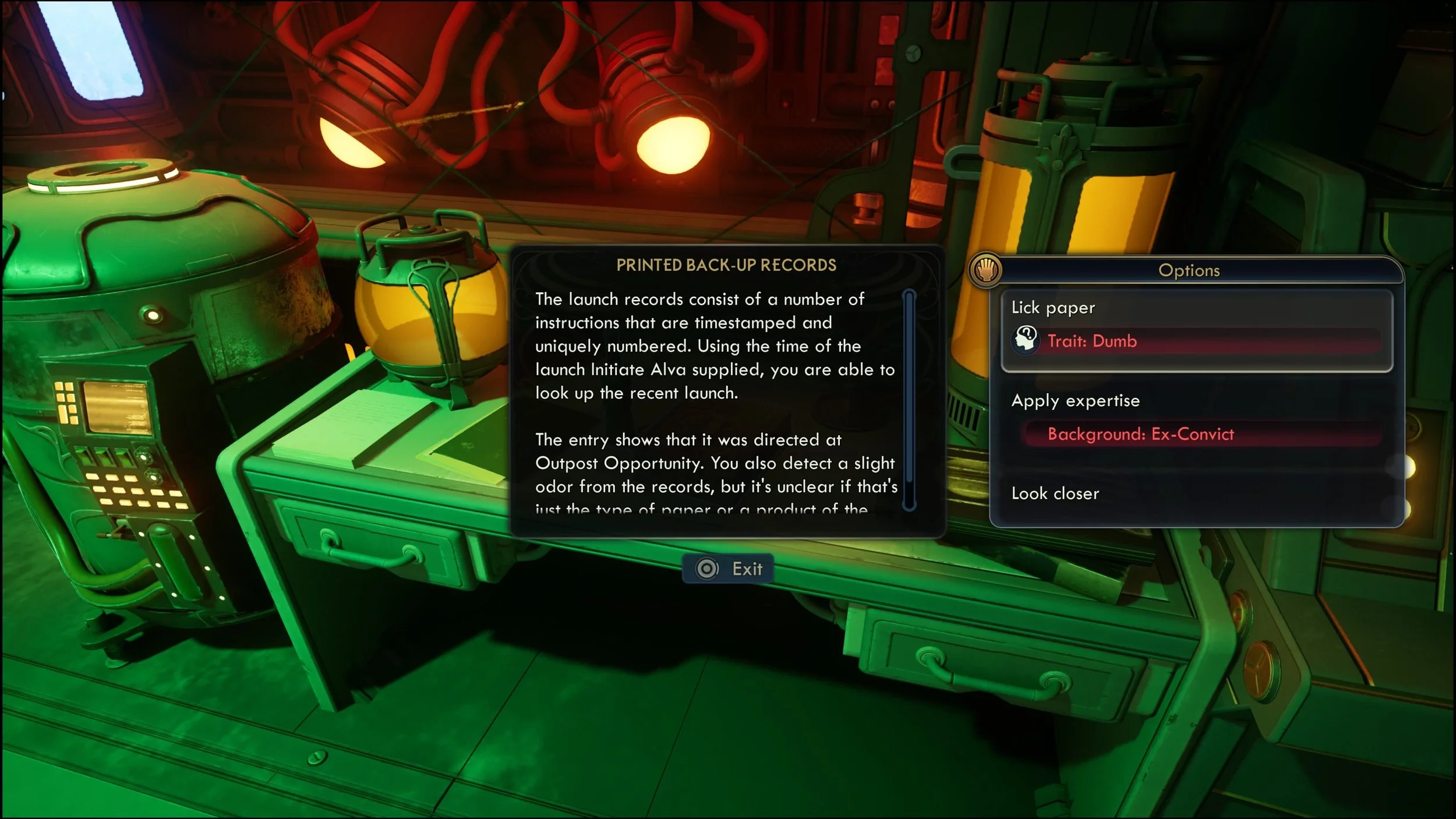

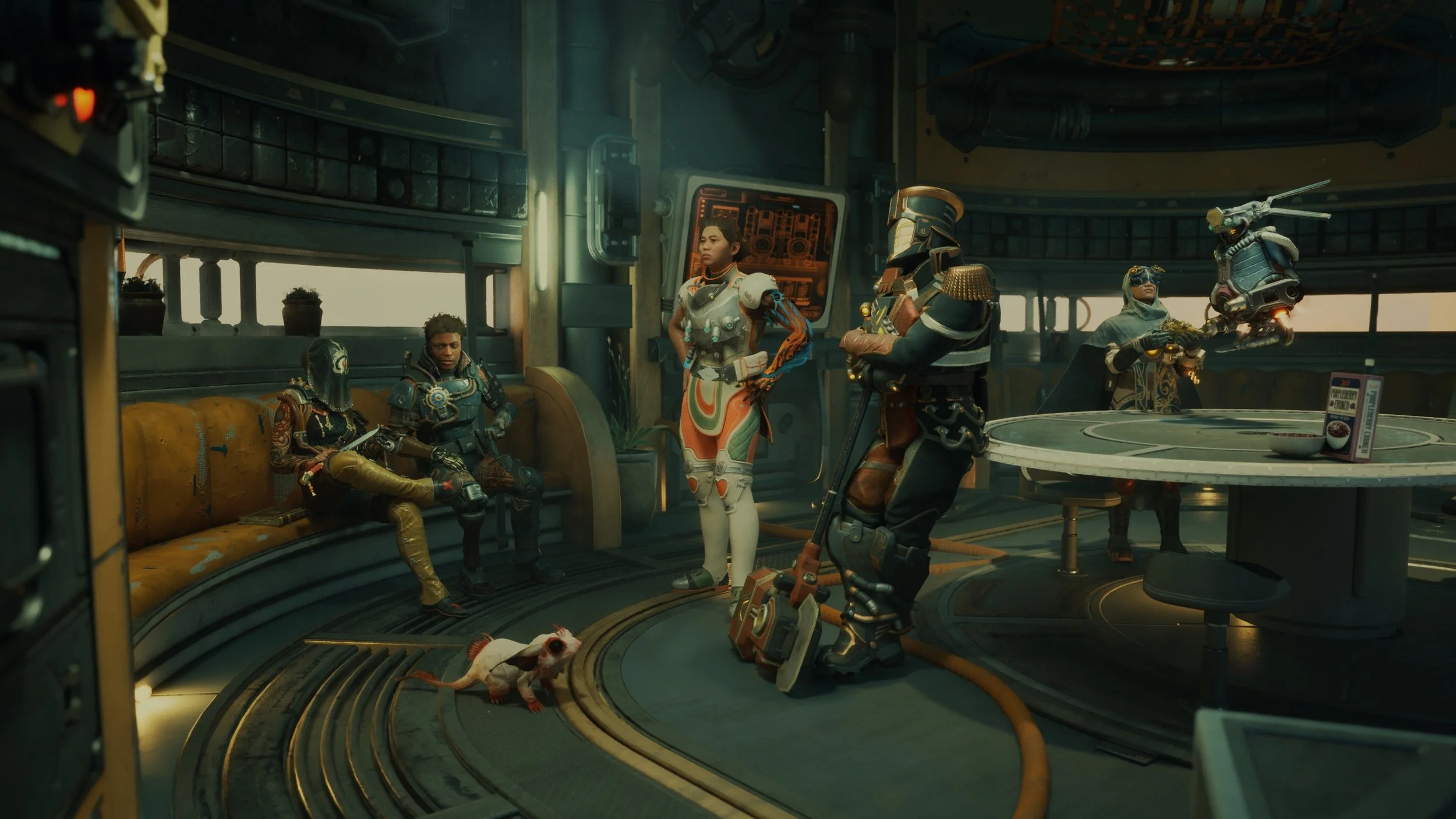
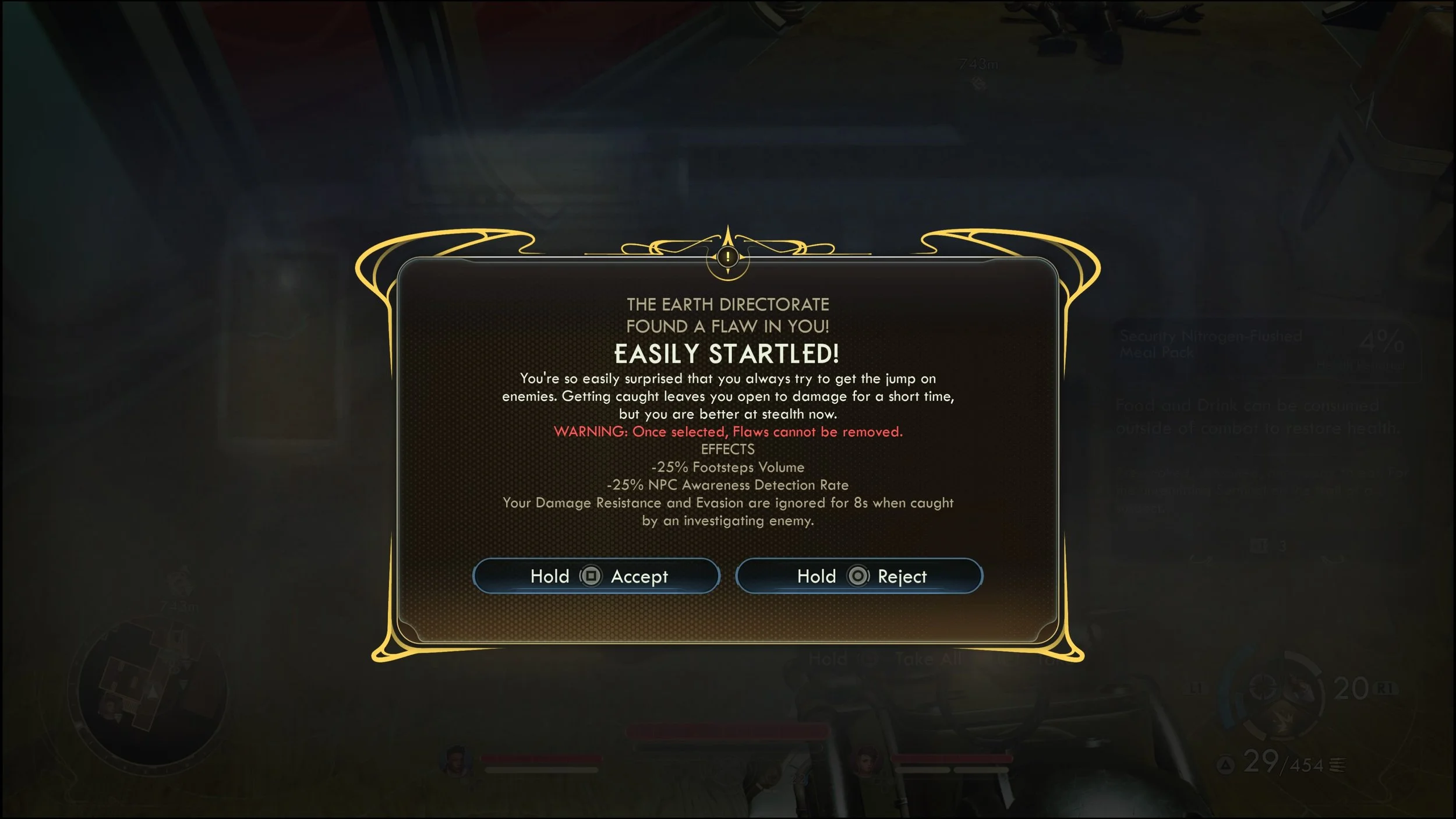



SEGA and Ryu Ga Gotoku Studios put a ton of love and care into Yakuza Kiwami 2, and it runs flawlessly on Switch 2. If you’re like me and itching for a reason to take a plunge into the Yakuza universe, there’s no better time than the present.